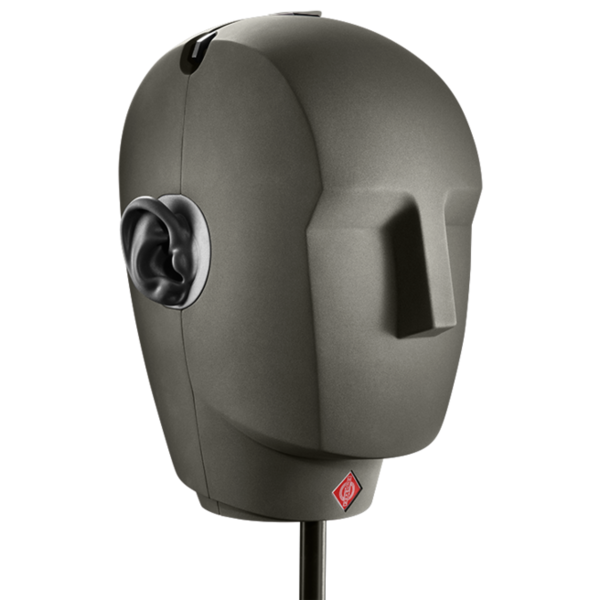VietnamRadioEnjoyer
Member
- Joined
- Dec 20, 2022
- Messages
- 38
- Likes
- 70
- Thread Starter
- #21
Maybe a surround system where L&R play music and the surround speakers play the reverbs? a simple script could do that and since reverb settings are in our hands we should be able to get close to hall experience (or better?) with trial and error (& science)The problem is - The short reflections-reverb in your living room are nothing like the wonderful natural reverb that you hear from all around in a larger music hall or concert hall.
Maybe a ML Model can remove baked reverb sounds from the recording & add them back in the form of surround or binauralJust to add that this is at least in part due to the fact that large halls contain diffuse reverberant sound energy which simply isn't possible in small rooms.
Further, when we record from a seat in a hall and reproduce the recording with two loudspeakers in a small room the result is that both the original direct sound (which we can normally localize) and the diffuse/enveloping reverberant field is reproduced from the same distinct sound sources (loudspeakers), and both follow the same early reflection pattern in the small room, with no reverberant field to speak of. So naturally we no longer have the means to distinguish the two, the original hall suddenly becomes part of the direct sound in our "small" room.
But concert organizers should get a binaural recording device like this. its 2023

Last edited:
